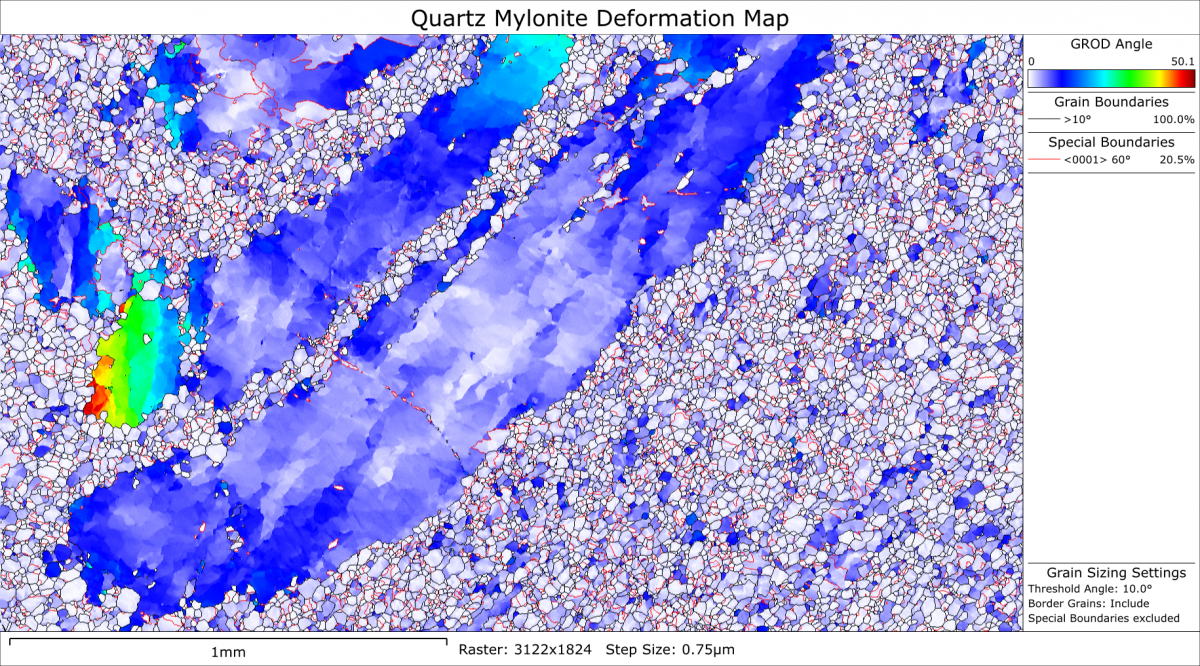Determining the metamorphic history of rocks using combined EBSD and EDS
Reconstructing the metamorphic evolution of rocks often depends on the identification of key minerals that are only stable at specific temperatures and pressures. Combined EBSD and EDS analyses enable more rigorous phase identification than conventional techniques, with the added benefit of providing insights into a rock’s deformation and chemical history.



 公安机关备案号31010402003473
公安机关备案号31010402003473